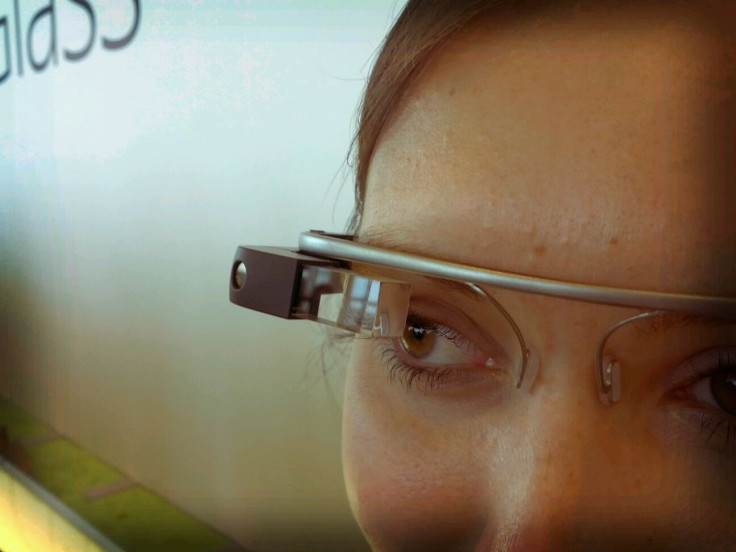Doctor Of The Future Gains ‘Situational Awareness’ With Google Glass [VIDEO]

Would-be visionaries touting the futuristic technology of Google Glass understand the application of such tools is limited only by the imagination — if only they could get there first.
Chris Madison, a simulation technician at Hartford Hospital in Connecticut, believes the hands-free technology — essentially, a wearable "eyephone" — may help medical educators to raise the next generation of doctors and nurses. He and other testers also believe the device might be useful as a communication tool among medical professionals in the operating and emergency rooms, when close collaboration is essential.
This year, Google selected 8,000 applicants worldwide to test the device, charging $1,500 for the privilege. Although the company didn't distribute any of the glasses to research institutions or hospitals, a number of medical professionals managed to score one for experimentation.
On a platform that rests on the bridge of one's nose, Google Glass features a small camera for video and photographs as well as a visual display, both of which are located in the upper-right corner of the eyeglasses. A touchpad on the right of the frame provides many features common to smartphones or the tablet computers, allowing the wearer to employ the magic of telephony at all times.
As a training tool, the device was tested in June by Dr. Rafael Grossman, a surgeon in Maine, who wore the eyeglasses while intubating a patient — live online. Google Glasses, Grossman told Forbes magazine, is a "wonderful teaching tool." Madison and his colleagues at the Hartford Hospital's Center for Education, Simulation & Innovation hope to instill in surgeons a Terminator-like capability, allowing the total recall of information — such as, radiology and laboratory work — within the medical professional's field of vision at any time.
Real-time status updates among collaborators in the operating room, too, might improve what the military refers to as "situational awareness," a 360-degree understanding of circumstances occurring within their environment.
Google Glass looks like an ordinary pair of prescription eye glasses, in beta.Technical Specifications:
- Adjustable nosepads and durable frame fit any face.
- Extra nosepads in two sizes.
Display
High-resolution display is the equivalent of a 25-inch high-definition screen from eight feet away.
Camera
- Photos - 5 MP
- Videos - 720p
Audio
- Bone Conduction Transducer
Connectivity
- Wifi - 802.11b/g
- Bluetooth
Storage
- 12 GB of usable memory, synced with Google cloud storage. 16 GB Flash total.
Battery
One full day of typical use. Some features, like video calls and video recording, are more battery-intensive.
Charger
- Included Micro USB cable and charger.
While there are thousands of Micro USB chargers out there, Glass is designed and tested with the included charger in mind. Use it and preserve long and prosperous Glass use.
Compatibility
- Any Bluetooth-capable phone.
- The MyGlass companion app requires Android 4.0.3 (Ice Cream Sandwich) or higher. MyGlass enables GPS and SMS messaging.
Below is a video describing "how it feels" to wear Google Glass:



























